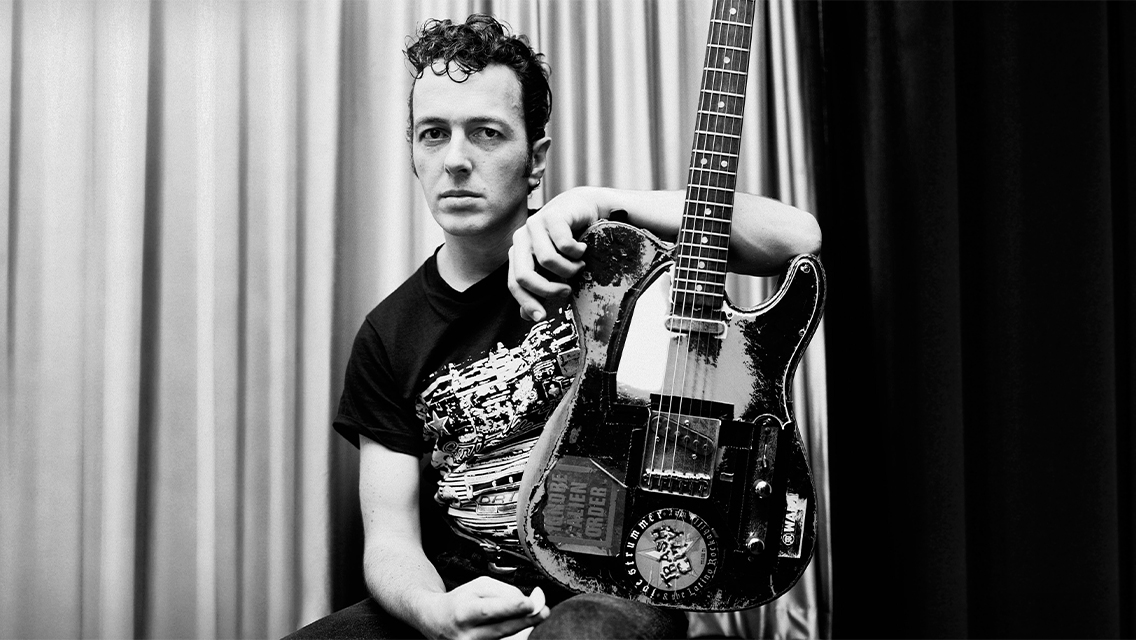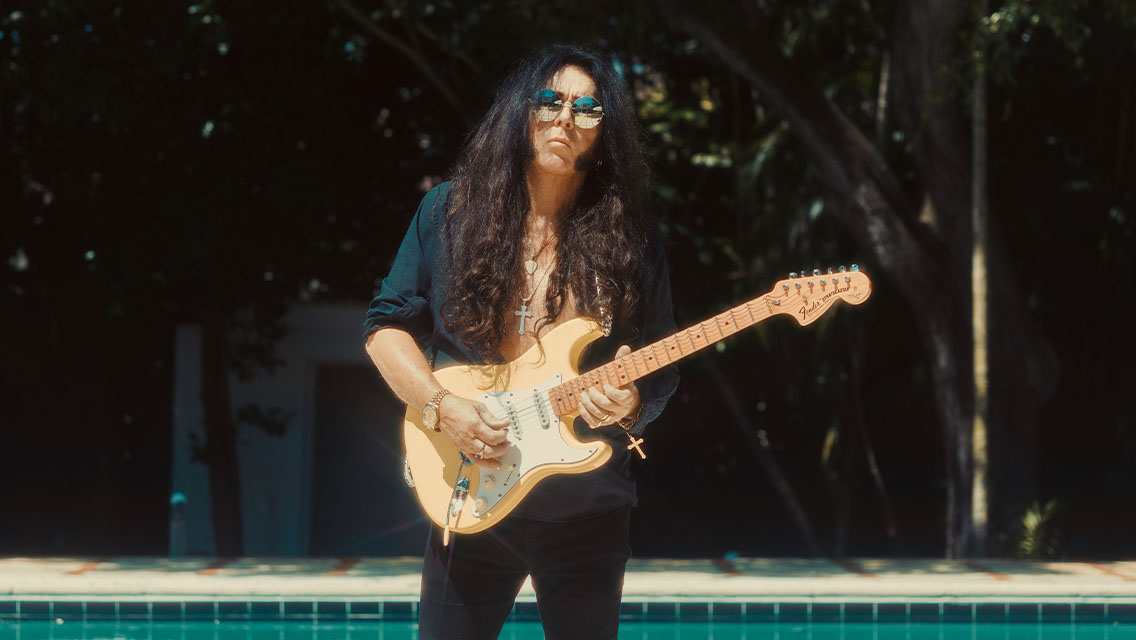
Sections
This article discusses the D major chord. It's one of the five foundational shapes for learning how to play guitar, and it shows up everywhere. For example, "Desire" by U2, "Let It Go" by Demi Lovato (which was also featured in the film Frozen), and "My Best Friend's Girl" by the Cars all use the D major chord. And that's just a short list. If you can add this one to your repertoire, you'll be rocking out to your favorite songs in no time.
Let's look at how to play this frequently used chord, including some variations and tips on how to learn it.
How to Play the D Chord
Here is the common way to play a D major chord in the open position:
Index finger on the 2nd fret of the G (3rd) string
Middle finger on the 2nd fret of the E (1st) string
Ring finger on the 3rd fret of the B (2nd) string

Strum four strings down from the D string and let the notes ring out.
Tips and Troubleshooting
The two biggest problems beginners have with the D chord are getting the shape confidently under your three fingers and muting the bottom two strings.
To help with the fingering, you can practice transitioning from a G major chord or A major chord to the D shape and back again. Because of the way music theory works, these chords are frequently found next to each other in chord progressions. A simple exercise you can do is strum a D chord for four beats, then move to a G (or A) chord for four beats, and then go back to the D.
To help with string muting, you can wrap your thumb around the back of the neck and touch the low E string just enough to dampen it so it doesn't make any sound. As for the 5th string, if you do accidentally strike it, don't worry about it too much because an A is part of the D major chord, so it won't sound bad. But you will need to get to a point where the low E and A strings are muted so that low D string really rings out.
The bottom line is it will take some practice to improve your strumming accuracy so you can avoid hitting the two lowest strings. Take it slow at first and clean playing will come with time.
Don’t miss out!
Be the first to know about new products, featured content, exclusive offers and giveaways.
An Alternative Barre Chord Version
A common alternative to playing the D major chord in the open position is to use the barre chord version. A barre chord means using one finger to fret multiple strings. Doing this is difficult for beginners because they haven't built up the required finger strength and stamina, but it's worth it in the long run to learn how because barre chords are moveable. If you know one barre chord shape you can play many different chords all over the fretboard just by sliding up and down to change the root note. So after you've mastered this one, you can also add other chords like C, E, and F major (among many others) to your repertoire.
To play the D barre chord in the 5th position:
Index finger on the 5th fret of the A (5th) string
Ring finger on the 7th fret of the D (4th) string
Ring finger on the 7th fret of the G (3rd) string
Ring finger on the 7th fret of the B (2nd) string

Strum four strings down from the A string, which is the root note. This version requires extra flexibility and strength in your ring finger to press down on three strings, so don't worry if you can't sound it cleanly right off the bat. This chord will also be easier to play on an electric guitar because of the lighter string tension.
As mentioned in the beginning, the D major chord in the open position is one of the foundational guitar chord shapes, along with the C, A, G, and E major chords. You're going to run into this chord constantly. It presents some challenges to be able to play cleanly and quickly, but with a little bit of patience and practice it will become second nature.
If you'd like to learn how to play even more chords, browse Fender Play's chord library, learn about chord types, and find tips on how to master them.
If you're not a member yet, sign up for a free Fender Play trial!


